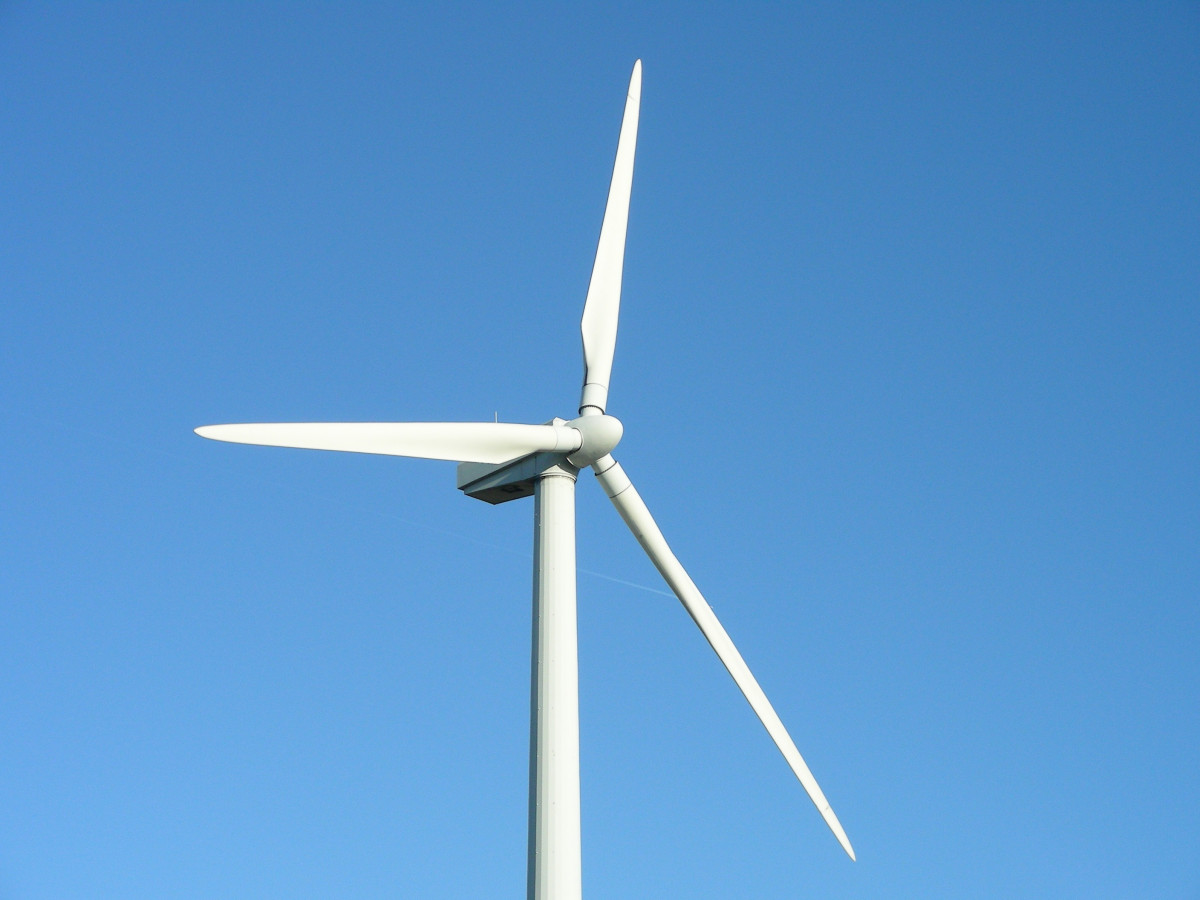
Source: PXHere
Types of Green Energy
There exist many varieties of green energy. Among the most prevalent are solar, wind, hydro, geothermal, and nuclear. In contrast to traditional fossil-fuel sources, green energy outputs comparatively little (if any) greenhouse gases.
- Solar energy is generated by converting sunlight to electricity.
- Wind energy is generated by using the force of the wind to spin a turbine.
- Geothermal energy is generated by using steam and the heat of the Earth.
- Nuclear energy exploits the radioactive decay of certain elements.
- Source: my own knowledge.
Drawbacks of Traditional Energy
As aforementioned, the most significant drawback to traditional, fossil-fuel energy sources are the greenhouse gas emissions they produce. The same chemical reactions that occur when these fuels (coal, oil, natural gas, etc.) are burnt to generate electricity also release carbon dioxide, methane, and other warming gases. While energy-dense, relatively cheap, and plentifully available, fossil fuels heat the earth, thereby changing the climate.
| Source | Share of total generation | +/- compared to 2020 |
|---|---|---|
| Zero carbon sources | 39.4% | -0.3% |
| Natural gas | 38.3% | -2.3% |
| Coal | 21.8% | 2.5% |
| Petroleum sources | 0.5% | 0% |
| Source: U.S. Energy Information Administration | ||
Environmental Benefits of Green Energy
Beyond reducing emissions, there are further environmental benefits of green energy. In addition to greenhouse gases, fossil fuel burning often results in extremely harmful, difficult to dispose byproducts, such as coal sludge and fracking waste. Often, these substances find their ways into the natural environment, harming ecosystems and dirtying water supplies. Green energy mostly avoids similar outputs.
Cost Benefits of Green Energy
While fossil fuels are very energy dense for the cost needed to extract them, green energy offers often comparable or better price benefits. Onshore wind, hydropower, and solar power offer similar, if not better, cost per kilowatt-hour. When factoring in the costs associated with climate change, green energy has a strong financial argument. Source: Our World in Data